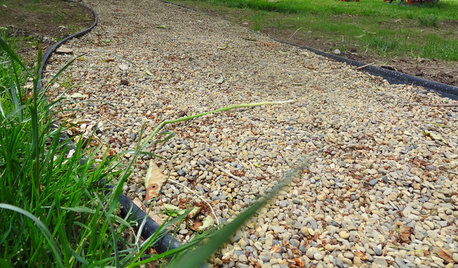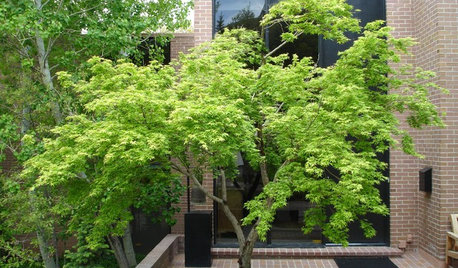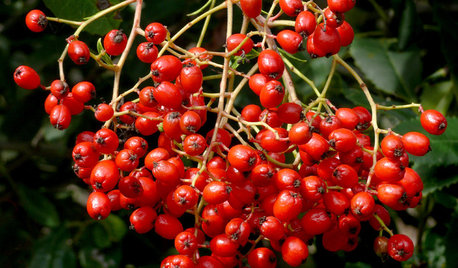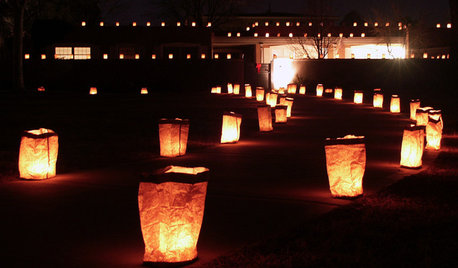Soybeans? Snow peas?
pommy445
16 years ago
Related Stories

COOL-SEASON CROPSCool-Season Vegetables: How to Grow Peas
Their sweetness isn't just for spring. Peas thrive in cool weather too, adding a garden-fresh note to soups, salads and more through fall
Full Story
MOST POPULARHow to Start a Cool-Season Vegetable Garden
Late summer and late winter are good times to plan and plant cool-season crops like salad greens, spinach, beets, carrots and peas
Full Story
GARDENING GUIDES11 Favorite Edibles for Your Cool-Season Garden
Plant crunchy carrots, crisp radishes, tender peas and other vegetables for fall and spring harvests
Full Story
FALL GARDENING7 Reasons Not to Clean Up Your Fall Garden
Before you pluck and rake, consider wildlife, the health of your plants and your own right to relax
Full Story
GARDENING AND LANDSCAPINGDIY Pathway Puts Landscapes on the Right Track
Create a road more traveled in your backyard, and save your lawn from foot traffic, with this easy, affordable gravel path
Full Story
GARDENING GUIDESSouthern California Gardener's September Checklist
Before prime planting time, clean out the old garden, prepare for the new, and dream up ideas for fall flowers and veggies
Full Story0

GARDENING GUIDESWhat Are Your Spring Gardening Plans?
Tearing out the lawn? Planting edibles? Starting from scratch? Tell us what you plan to change in your garden this year
Full Story
ROCKY MOUNTAINS GARDENINGRocky Mountain Gardener's February Checklist
Get smart with your seeds, strike with oil to manage pests and practice proficient pruning — your trees and shrubs will thank you
Full Story0

GARDENING GUIDESCalifornia Gardener's December Checklist
Let California's version of holly brighten the winter landscape — or consider another holiday performer from the whole host of choices
Full Story
SOUTHWEST GARDENINGSouthwest Gardener's December Checklist
Make your garden a personal winter resort with lights, well-designed containers and plantings that please the eye
Full Story0






zeedman Zone 5 Wisconsin
Macmex
Related Professionals
Fillmore Landscape Architects & Landscape Designers · Saint Matthews Landscape Architects & Landscape Designers · Lakeland Landscape Contractors · Springfield Landscape Contractors · Goodlettsville Landscape Contractors · Homewood Landscape Contractors · West Haverstraw Landscape Contractors · Beavercreek Decks, Patios & Outdoor Enclosures · Dayton Decks, Patios & Outdoor Enclosures · Fort Collins Decks, Patios & Outdoor Enclosures · Fort Myers Decks, Patios & Outdoor Enclosures · Lake Morton-Berrydale Decks, Patios & Outdoor Enclosures · Northbrook Decks, Patios & Outdoor Enclosures · Salisbury Decks, Patios & Outdoor Enclosures · Pleasant Grove Decks, Patios & Outdoor Enclosureszeedman Zone 5 Wisconsin
greentongue